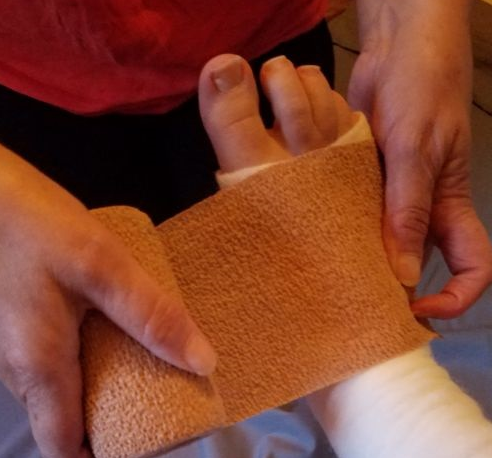Laparoscopic gastric bypass
Laparoscopic gastric bypass
What is gastric bypass?
Gastric bypass (or roux-en-Y) will stitch the stomach together, make the stomach sac smaller, and penetrate the stomach and part of the intestines. This will make you feel full faster, reduce your serving of food and also reduce the intake of calories in food.
Is gastric bypass suitable for me?
If your body mass index is over 40 or over 35 with type 2 diabetes or high blood pressure, this surgery can help you lose weight in the long term.
Your surgeon will ensure your body mass index and do a detailed assessment before deciding whether or not the surgery is right for you.
What are the benefits of gastric bypass?
You can lose weight in the long run, but it also depends on how you live your lifestyle. Long term weight loss can also help with any obesity problems that you have.
Prevention & Warning
What do I need to know before gastric bypass?
Weight loss steps include cutting down on food portions, improving your diet, and exercising more. Some medications that doctors give you can also help you lose weight. There are several surgical options besides gastric bypass, such as gastric bandage, digestive tract shortening, and sleeve gastrectomy. Can also use a gastric balloon, but the gastric balloon can only last up to 9 months.
process
What should I do before gastric bypass surgery?
Talk to your doctor about any medications you're taking, allergies, or other health problems before undergoing surgery. It is important that you follow the doctor's instructions so that you do not eat or drink any more before the procedure.
Make an appointment with your anesthetist before the operation. It is important that you follow the doctor's instructions so that you do not eat or drink any more before the procedure. Before the operation, you will be given instructions such as: B.
whether you can eat before the operation. Generally, you need to fast 6 hours before starting the procedure. You can drink liquids such as coffee a few hours before the operation.
What is the gastric bandage process?
The surgery is usually performed under general anesthesia and takes about 2 to 4 hours. The surgeon makes some small incisions in the abdomen. Devices such as a telescope are inserted into the stomach for surgery. The surgeon will have access to the abdomen.
The staple kit is inserted and tapes the belly to form a smaller belly. Then the surgeon divides the small intestine under the abdomen. The tip of the intestine is then connected to the new stomach. The stomach contents will "cut" the rest of the stomach and the first part of the small intestine.
What should I do after gastric bypass? Home Laparoscopic Trainer
You can go home the next day. You can only consume liquids for several weeks, consume fine foods slowly, and then start just solid foods after 4 to 6 weeks. Take some time to rest before returning to work. You can go back to work after 2 to 4 weeks, depending on your level of activity and the type of activity.
Exercising will allow you to return to your normal activities. Ask your doctor first. On average, people who undergo gastric bypass surgery can get rid of half the excess weight.
Complications
What complications can arise?
As with other procedures, there are several possible risks. Ask the surgeon to explain the risks to you. Possible complications during the procedure can generally be reactions to anesthesia, bleeding or blood clots (deep vein thrombosis, DVT).
There are several possible complications with a laparoscopic gastric bypass procedure, such as:
● Damage to structures such as the intestines, bladder or blood vessels
● surgical emphysema
● the appearance of a hernia around the incision
● Stenosis in the stomach
● Bleeding from the stapled part
● Anastomotic leak
● the appearance of a hernia in the stomach
● death.
In addition, long-term complications can arise:
● Changes in urination habits or diarrhea
● Lack of nutrition
● anastomotic ulcer
● the appearance of gallstones
You can minimize the risk of complications by following a doctor's instructions prior to surgery, such as: B. Fasting and taking certain medications. for Laparoscopic Box




Comments
Post a Comment